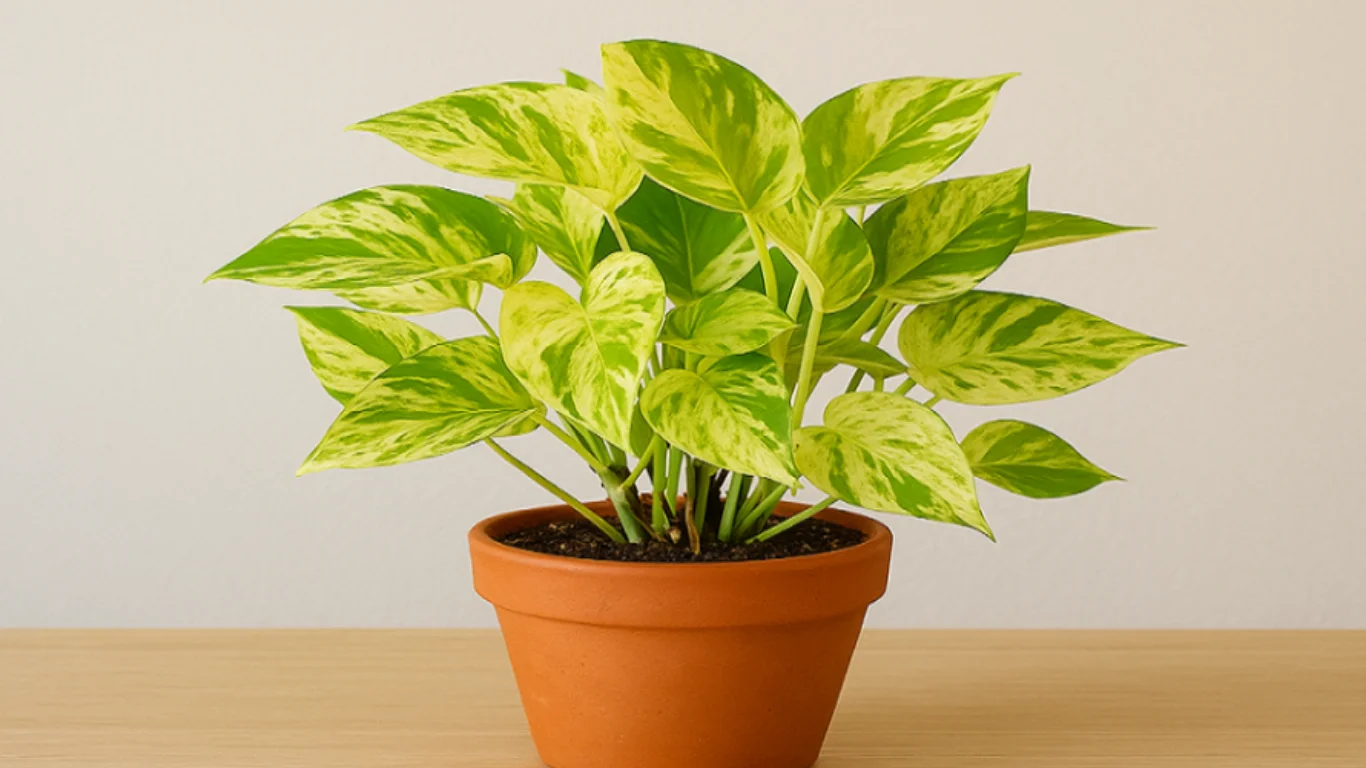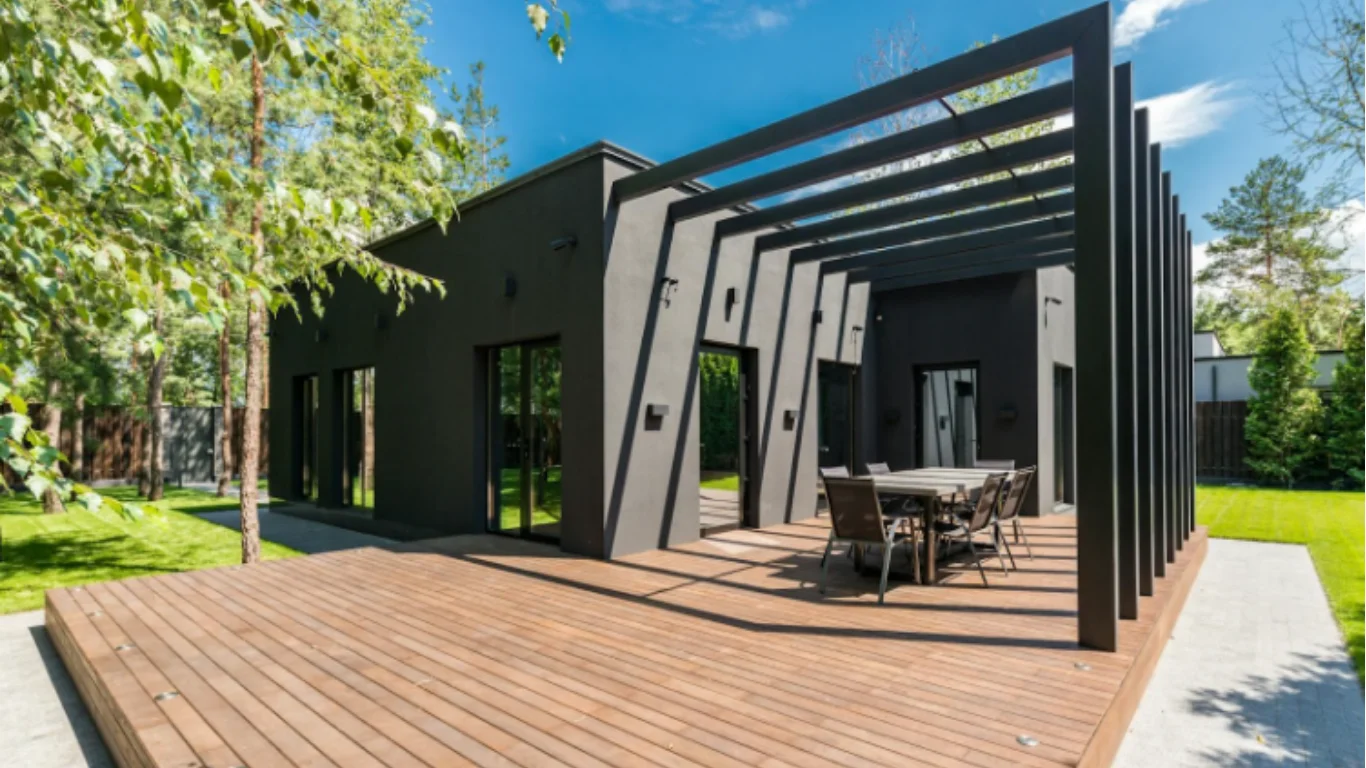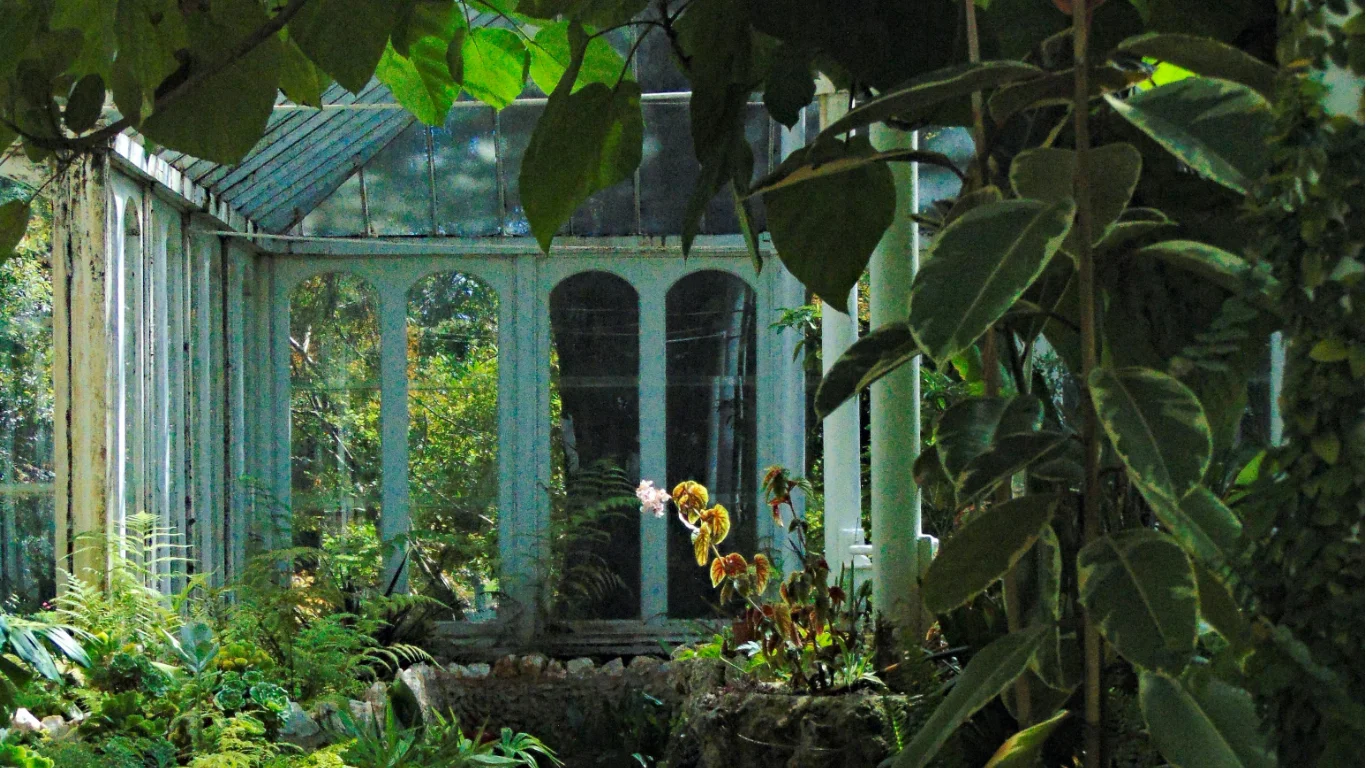As sustainability becomes a central focus in both residential and commercial construction, eco-friendly construction upgrades are no longer just a trend; they’re a necessity. Builders, architects, and homeowners alike are seeking ways to reduce environmental impact while improving energy efficiency and long-term value. Fortunately, there are a variety of construction upgrades that not only support the planet but also enhance the performance and appeal of a property. From material choices to energy systems, these improvements can make a significant difference.
Energy-Efficient Windows and Insulation
One of the most impactful upgrades in eco-conscious construction is improving thermal performance. High-efficiency windows with low-emissivity (Low-E) coatings and multi-pane glass help regulate indoor temperatures, reducing the need for heating and cooling. When paired with proper insulation, such as spray foam, cellulose, or mineral wool, these upgrades can dramatically lower energy consumption.
Insulation isn’t just about keeping warm in winter; it also helps maintain cooler indoor temperatures during summer months. By minimizing heat transfer, these systems reduce reliance on HVAC units, which in turn lowers greenhouse gas emissions and utility bills.
Solar Power Integration
Solar energy continues to be one of the most effective ways to reduce a building’s carbon footprint. Whether through rooftop panels or integrated solar shingles, harnessing the sun’s power can offset electricity usage and even generate surplus energy. Many regions offer incentives, rebates, and net metering programs that make solar installation more financially accessible.
Beyond traditional panels, solar water heaters and passive solar design, where building orientation and materials are optimized to capture natural light and heat, can further enhance sustainability. These systems not only reduce energy costs but also increase property value and appeal to eco-conscious buyers.
Sustainable Building Materials
Choosing sustainable materials is a foundational step in eco-friendly construction. Reclaimed wood, recycled steel, bamboo, and cork are popular options that reduce the demand for virgin resources. These materials often require less energy to produce and transport, contributing to a lower overall environmental impact.
One standout example is California redwood lumber, which is prized for its durability, natural resistance to decay, and minimal need for chemical treatment. Sourced responsibly, redwood offers a renewable option for decking, siding, and outdoor structures. Its longevity and aesthetic appeal make it a smart choice for builders looking to combine sustainability with timeless design.
Water Conservation Systems
Water efficiency is another critical component of green building. Low-flow fixtures, dual-flush toilets, and water-saving appliances help reduce consumption without sacrificing performance. Rainwater harvesting systems and greywater recycling can further support conservation efforts, especially in drought-prone areas.
In landscaping, drip irrigation and native plant selections minimize water use while maintaining curb appeal. These systems not only conserve resources but also reduce utility costs and maintenance needs over time.
Smart Technology and Automation
Modern eco-friendly construction often includes smart systems that optimize energy and resource use. Programmable thermostats, occupancy sensors, and automated lighting can significantly reduce waste by adjusting settings based on real-time usage. Smart irrigation systems, for example, monitor soil moisture and weather conditions to water only when necessary.
Home energy management platforms allow residents to track consumption, identify inefficiencies, and make informed decisions. These technologies not only improve sustainability but also enhance comfort and convenience, making them a valuable addition to any modern build.
Conclusion
Eco-friendly construction upgrades are more than just good for the environment; they’re smart investments in the future of building. From energy-efficient systems and sustainable materials to water conservation and smart technology, these improvements offer tangible benefits in performance, cost savings, and long-term value. As the demand for greener living continues to grow, integrating these upgrades into new builds and renovations will be key to creating spaces that are both responsible and resilient.







